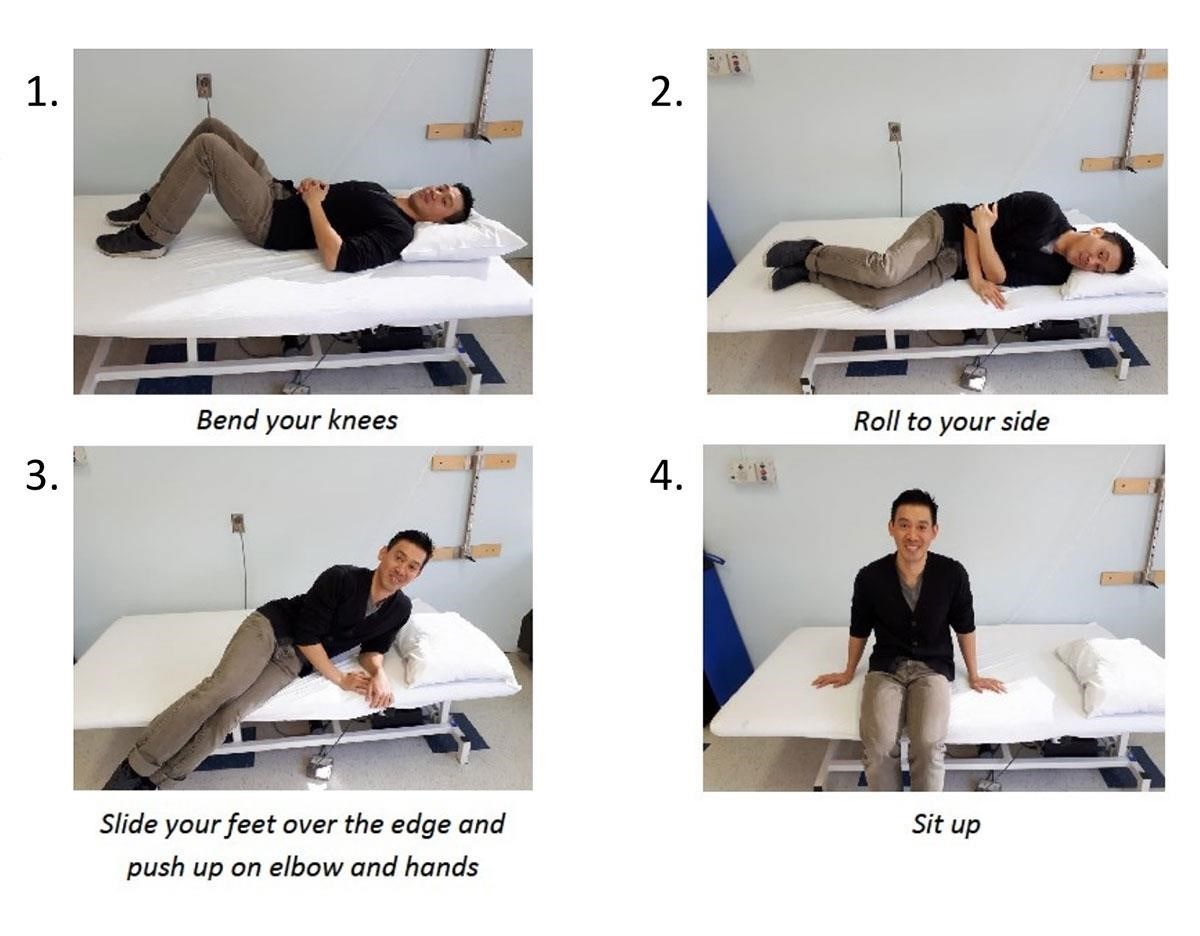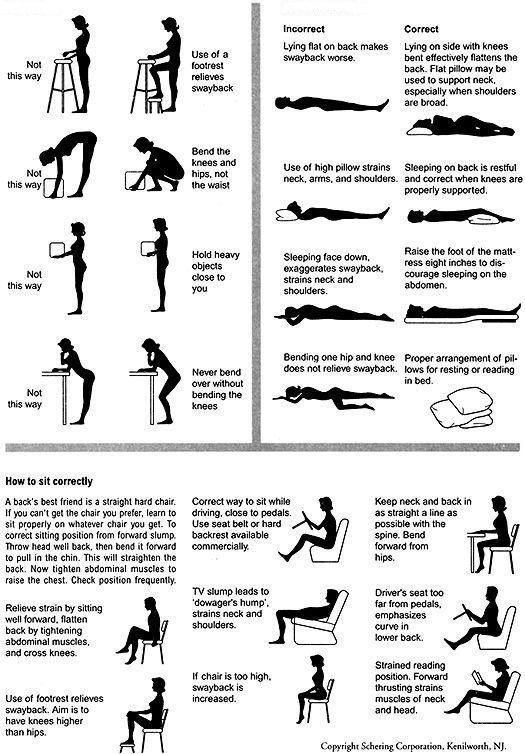Exercises After Back Surgery⁚ A Recovery Guide
This guide offers a structured approach to post-operative exercises following back surgery. It emphasizes a phased recovery, starting with gentle movements and progressing to more advanced exercises. Remember, consistency and proper form are key to a successful and safe rehabilitation. Always consult your physician or physical therapist before starting any exercise program.
Understanding Post-Surgery Recovery Timelines
Recovery timelines after back surgery vary significantly depending on the type of procedure, the individual’s overall health, and their adherence to the prescribed rehabilitation plan. Minimally invasive procedures, such as a decompression, often allow for earlier initiation of exercises, typically within four weeks. However, more extensive surgeries, like spinal fusion, necessitate a longer recovery period before resuming exercise, ranging from six weeks to three months. The initial phase focuses on pain management and gentle range-of-motion exercises. As healing progresses, the exercise intensity and complexity gradually increase. Regular follow-up appointments with the surgeon and physical therapist are crucial for monitoring progress and adjusting the exercise program accordingly. Ignoring these timelines or rushing the recovery process can significantly increase the risk of complications and setbacks, potentially prolonging the overall rehabilitation journey.
Minimally Invasive Procedures⁚ Early Exercise Regimens
Minimally invasive back surgeries, such as microdiscectomies or laser-assisted procedures, often lead to shorter recovery times and earlier initiation of exercise programs compared to more extensive surgeries. Post-operative exercise regimens typically begin within a few days to a couple of weeks after the procedure. The initial phase focuses on gentle range-of-motion exercises to prevent stiffness and promote healing. These might include simple movements like ankle pumps, knee bends, and gentle stretches for the lower back and legs, performed within the limits of comfort. The goal is to gradually increase mobility and strength without straining the surgical site. Progression to more advanced exercises, like core strengthening and stabilization, usually occurs progressively over several weeks, guided by the surgeon and physical therapist. Regular monitoring of pain levels and careful attention to proper form are essential during this early phase to avoid complications and ensure a successful recovery. Individualized plans are crucial, based on factors like patient’s overall health and surgical specifics.
Spinal Fusion Surgery⁚ A Phased Approach to Exercise
Spinal fusion surgery, a more extensive procedure than minimally invasive options, necessitates a more gradual and structured approach to post-operative exercise. The recovery timeline is typically longer, ranging from six weeks to three months before resuming more strenuous activities. The initial phase, often lasting several weeks, focuses on managing pain and swelling, promoting healing, and regaining basic mobility. This may involve gentle range-of-motion exercises, such as walking short distances, and simple stretches within tolerable limits. The intermediate phase introduces exercises designed to improve core strength and stability, crucial for supporting the fused spine. This might include pelvic tilts, gentle back extensions, and strengthening exercises for the abdominal muscles. The final phase focuses on progressively increasing mobility, strength, and endurance. This involves more advanced exercises, such as yoga or Pilates, and a return to more strenuous physical activities, all under the guidance of a physical therapist. Careful monitoring of progress and adherence to the prescribed program are crucial for optimizing recovery and minimizing the risk of complications or re-injury. Individualized plans should be developed in consultation with medical professionals.
Types of Post-Operative Exercises
Post-operative exercise programs typically incorporate a variety of exercise types to address different aspects of recovery. Range-of-motion exercises improve flexibility and reduce stiffness, often involving gentle movements to increase joint mobility. These might include neck rotations, arm stretches, and leg raises, performed within pain tolerance. Strengthening exercises build muscle strength and endurance, crucial for supporting the spine and improving overall stability. Examples include planks, bridges, and weight training focusing on core muscles and back extensors. These exercises should be performed with proper form to avoid strain and injury. Endurance exercises increase cardiovascular fitness and stamina, gradually increasing activity levels. Walking, swimming, and cycling are effective options, starting with shorter durations and progressively increasing intensity. Stretching exercises improve flexibility and reduce muscle tightness, potentially including hamstring stretches, quadriceps stretches, and back stretches. These should be performed gently and slowly to avoid causing pain. Finally, breathing exercises promote proper lung function and help prevent complications such as atelectasis, often involving deep, controlled breaths. The specific exercises and their progression are highly individualized based on the type of surgery, the patient’s condition, and their progress during recovery.
Gentle Stretches and Strengthening Exercises
Initiating a post-surgical exercise regimen requires a gradual approach, beginning with gentle stretches and strengthening exercises. These early exercises focus on restoring range of motion and building foundational strength without overexerting the healing tissues. Simple stretches like knee-to-chest stretches, gentle back extensions, and pelvic tilts can help improve flexibility and reduce stiffness. These should be performed slowly and deliberately, paying close attention to any discomfort. For strengthening, begin with low-impact exercises such as isometric contractions, holding a muscle position without movement. Examples include gentle glute squeezes, abdominal bracing, and holding a shoulder blade squeeze. These build muscle strength without excessive strain on the spine. As strength and comfort improve, progress to isotonic exercises, where the muscle contracts and shortens, using light resistance bands or body weight. These might include modified push-ups against a wall, seated rows using a resistance band, or gentle heel slides. Remember, proper form is crucial to prevent reinjury and promote efficient muscle engagement. If any movement causes significant pain, stop immediately and consult your physical therapist or physician. Focus on maintaining a neutral spine position throughout all exercises to protect the healing area.

Core Strengthening and Stabilization Exercises
Core strengthening is paramount for long-term back health after surgery. A strong core provides stability and support to the spine, reducing strain and the risk of re-injury. Begin with foundational exercises that engage the deep abdominal muscles, focusing on proper form over repetitions. The plank, performed on hands and knees or forearms, is an excellent exercise for building core strength and stability. Start with short holds and gradually increase the duration as strength improves. Bird-dog exercises, where you extend opposite arm and leg while maintaining a neutral spine, enhance core stability and coordination. Another effective exercise is the dead bug, which involves lying on your back and extending opposite arm and leg simultaneously. Focus on controlled movements and engage your core to prevent arching or twisting of the back; These exercises should be performed slowly and deliberately, paying attention to maintaining a neutral spine position. As core strength improves, you can progress to more challenging variations, such as side planks or adding resistance bands to increase the intensity of the exercises. Remember, consistency is key to achieving significant improvements in core strength and stability. Proper technique is essential to avoid strain and maximize the benefits of these exercises. Listen to your body and stop if you experience any pain.
Improving Abdominal Strength⁚ Pelvic Tilts and More
Strengthening abdominal muscles is crucial for spinal stability post-surgery. Pelvic tilts are an excellent starting point. Lie on your back with knees bent and feet flat. Gently tilt your pelvis, flattening your lower back against the floor, engaging your abdominal muscles. Hold briefly, then release. Repeat this several times, focusing on the controlled contraction and relaxation of your abdominal muscles. As you progress, you can incorporate abdominal crunches, but modify them to reduce strain. Instead of full sit-ups, perform partial crunches, lifting your head and shoulders slightly off the floor while keeping your lower back pressed against the surface. Another effective exercise is the reverse crunch. Lie on your back with knees bent. Slowly pull your knees towards your chest, engaging your abdominal muscles. Hold for a few seconds and then return to the starting position. Remember to breathe throughout the exercises. These exercises help strengthen the transverse abdominis, a deep abdominal muscle crucial for spinal support. Increase repetitions gradually as strength improves. Always prioritize proper form to prevent injury. Avoid exercises that cause pain or discomfort. Incorporate these exercises into your daily routine for optimal results. Regular practice will enhance your abdominal strength and contribute to a stable and healthy spine. Consult your physical therapist for personalized guidance.
Breathing Exercises for Pulmonary Function
Post-surgical recovery often involves reduced lung capacity. Deep breathing exercises help expand your lungs, improving oxygen intake and preventing complications like atelectasis (lung collapse). A simple yet effective technique is diaphragmatic breathing. Lie on your back with knees bent, or sit comfortably. Place one hand on your chest and the other on your abdomen. Inhale slowly and deeply through your nose, feeling your abdomen rise while your chest remains relatively still. Exhale slowly through your mouth, feeling your abdomen fall. Repeat this 10-15 times several times a day. Another beneficial exercise is pursed-lip breathing. Inhale slowly and deeply through your nose, then exhale slowly and steadily through pursed lips, as if you were blowing out a candle. This helps control airflow and prevents shortness of breath. Incentive spirometry, using a device that measures your breath volume, can also be helpful in improving lung function. Your physical therapist or healthcare provider can guide you on the correct technique and usage. Regular practice of these breathing exercises will enhance your pulmonary function, improving overall recovery and well-being. Remember to listen to your body and stop if you experience any discomfort. Consistency is key for better results.
Advanced Exercises for Increased Mobility
Once you’ve progressed through initial recovery stages and have built a solid foundation of strength and stability, you can incorporate more advanced exercises to further enhance mobility and range of motion. These exercises often involve dynamic movements and increased resistance. Examples include⁚ standing stretches like torso twists (within your pain-free range) to improve spinal rotation, and leg raises to strengthen hip flexors and improve leg mobility. Consider incorporating light cardio activities like walking, cycling, or swimming, gradually increasing the intensity and duration as tolerated. These activities promote cardiovascular health and enhance overall fitness while being gentle on your back. Remember to maintain proper posture and core engagement throughout these activities. Always listen to your body and stop if you experience any pain or discomfort. Before starting any advanced exercises, it’s crucial to consult with your physical therapist or healthcare provider. They will assess your progress and ensure the exercises are appropriate for your individual needs and recovery stage. A personalized program tailored to your specific condition will help maximize your progress and minimize the risk of re-injury.
Maintaining a Neutral Spine Position During Exercise
Maintaining a neutral spine is paramount throughout your post-surgical exercise program. This posture minimizes stress on your spine and promotes proper spinal alignment, reducing the risk of re-injury or exacerbating existing issues. A neutral spine is achieved by maintaining the natural curves of your spine. Avoid excessive arching or rounding of your back. To find your neutral spine position, lie on your back with your knees bent and feet flat on the floor. Gently press your lower back into the floor, feeling a slight flattening of your lower back. Maintain this position as you perform exercises. Imagine a straight line from your head to your tailbone. This position helps distribute your weight evenly across your spine and engages your core muscles effectively. If you’re unsure about maintaining a neutral spine during specific exercises, consult with your physical therapist. They can provide personalized guidance and demonstrate proper form to ensure you’re performing exercises correctly and safely. Consistent practice and attention to detail will help you master this crucial aspect of your rehabilitation.

The Role of Physical Therapy in Post-Surgical Recovery
Physical therapy plays a crucial role in your recovery after back surgery. A physical therapist will create a personalized exercise program tailored to your specific needs and recovery progress. This program will gradually increase in intensity and complexity as your strength and mobility improve. They’ll guide you through each exercise, ensuring you use proper form to prevent injury and maximize results. Beyond exercise instruction, physical therapists provide manual therapy techniques like massage and mobilization to address muscle tightness and improve joint mobility. They also educate you on proper posture, body mechanics, and pain management strategies to prevent future back problems. Regular sessions with a physical therapist help monitor your progress, adjust your exercise plan as needed, and address any complications that may arise. Their expertise ensures you safely return to your normal activities and maintain long-term back health. Active participation and communication with your physical therapist are key to a successful recovery. Don’t hesitate to ask questions or express any concerns you may have throughout the rehabilitation process.

Leave a Reply
You must be logged in to post a comment.